|
|
|||
|
Privacy Policy | Editorial Policy | Profit Policy | Join the Association | List of Members | Contact us | Index | Links |
|||
|
Back Go to page: 1 2 3 4 5 6 7 8 9 10 11 12 13 14 15 16 17 18 19 20 Forward |
|||
|
|
|||
|
Exercise is essential for your good health.
Want to feel better, have more energy and perhaps even live longer? You can, and it’s easy.
We all know that exercise is good for you, but do you know how good? From boosting your mood to improving your sex life, find out how exercise can improve your life.
The health benefits of regular exercise and physical activity are hard to ignore and the benefits of regular exercise are yours for the taking, regardless of your age, sex or physical ability. Need more convincing? check out these seven ways exercise can improve your life.
No. 1: Exercise controls weight.
Exercise can help prevent excess weight gain or help maintain weight
loss. When you engage in physical activity, you burn calories. The
more intense the activity, the more calories you burn. You don't
need to set aside large chunks of time for exercise to reap
weight-loss benefits. If you can't do an actual workout, get more
active throughout the day
No. 2: Exercise combats health conditions and diseases.
Worried about heart disease? Hoping to prevent high blood pressure? No matter what your current weight, being active boosts high-density lipoprotein (HDL), or "good," cholesterol and decreases unhealthy triglycerides. This one-two punch keeps your blood flowing smoothly, which decreases your risk of cardiovascular diseases. In fact, regular physical activity can help you prevent or manage a wide range of health problems and concerns, including stroke, metabolic syndrome, type 2 diabetes, depression, certain types of cancer, arthritis and falls.
No. 3: Exercise improves mood.
Need an emotional lift? Or need to blow off some steam after a stressful day? A workout at the gym or a brisk 30-minute walk can help. Physical activity stimulates various brain chemicals that may leave you feeling happier and more relaxed. You may also feel better about your appearance and yourself when you exercise regularly, which can boost your confidence and improve your self-esteem. Exercise in a group can help those suffering from depression and/or PTSD.
No. 4: Exercise boosts energy.
Winded by grocery shopping or household chores? Regular physical activity can improve your muscle strength and boost your endurance. Exercise and physical activity deliver oxygen and nutrients to your tissues and help your cardiovascular system work more efficiently. And when your heart and lungs work more efficiently, you have more energy to go about your daily chores.
No. 5: Exercise promotes better sleep.
Struggling to fall asleep? Or to stay asleep? Regular physical activity can help you fall asleep faster and deepen your sleep. Just don't exercise too close to bedtime, or you may be too energized to fall asleep.
No. 6: Exercise puts the spark back into your sex life.
Do you feel too tired or too out of shape to enjoy physical intimacy? Regular physical activity can leave you feeling energized and looking better, which may have a positive effect on your sex life. But there's more to it than that. Regular physical activity can lead to enhanced arousal for women. And men who exercise regularly are less likely to have problems with erectile dysfunction than are men who don't exercise.
No. 7: Exercise can be fun.
Exercise and physical activity can be a fun way to spend some time. It gives you a chance to unwind, enjoy the outdoors or simply engage in activities that make you happy.
If you have a DVA Gold card or a White card covering certain conditions that would benefit from regular exercise, you can be eligible for DVA assistance. DVA recognises that health care providers play a key role in providing treatment for entitled persons and regular exercise is one such treatment they are prepared to provide.
An “entitled person” means a person eligible for benefits or treatment from the Commonwealth as represented by the Commissions, in accordance with relevant legislation in the Veterans' Affairs portfolio. Entitled persons will hold a DVA Health Card issued by DVA, or have written authorisation on behalf of the Repatriation Commission or the MRCC. The cards entitling treatment are the Gold Card and the White Card.
Entitled persons may be broadly described as:
Gold Card holders are entitled to clinically necessary treatment covered by DVA’s health care arrangements for all health conditions.
White Card holders are entitled to clinically necessary treatment for the following conditions:
There are certain conditions however.
To obtain the (exercise) benefit you must first have a referral from your local medical provider. Referrals can be provided by:
The referral must be written on either a ‘DVA Request/Referral Form’ (Form D904) or on the letterhead of the referring health care provider. All referrals must include:
If you have a condition that would benefit from regular exercise, such as PTSD, diabetes, hypertension, obesity, osteoarthritis, chronic pain, back pain, cardiovascular disease or perhaps you have had heart troubles, or joint replacement surgery or have suffered muscular injuries and you are an entitled person as per the conditions above, then the first thing you should do is find a suitable venue where you can be treated. Remember, DVA does not pay for general gym programs, you will only be treated for the condition(s) mentioned in the referral and the person providing the treatment must be a University Accredited and nationally recognized Exercise Physiologist (EP), who must be present for the entire treatment session. When you have found a venue that is comfortable to you, see your Medical Provider and obtain the referral.
If you live in Queensland, one such provider we can suggest is a group called Active Body Conditioning which operates from a number of Gyms. Currently they provide health care at Goodna, Enoggera, Cairns, Rockhampton, Gladstone and will soon have facilities on the Gold Coast and at Bundaberg. If you live on the northern side of Brisbane, they operate from the Anytime Fitness Gym on the corner of Samford and Enoggera Rds, Enoggera (below), not far from the Gallipoli Army Barracks. |
|||
|
|
|||
|
The owner of Active Body Conditioning is Russell Jones and you can contact him HERE. Russell has accredited EP’s at each of the Gyms from which he operates, the Gyms are modern, all equipment is new or near new and the surroundings are pleasant.
Below, an old Digger, who served with the 1st Battalion in Vietnam from May 1965 to June 1966 and who has had a few medical problems since, gets a workout by Cameron Wilson, the EP at the Enoggera Gym
|
|||
|
|
|||
|
Ex Digger, Jim Finnigan with Cameron Wilson.
The Anytime Fitness Gym is managed by the lovely Theresa Bredhauer who, as you can see, keeps herself fit on the equipment whenever she can.
|
|||
|
|
|||
|
Active Body Conditioning (ABC) was established in January 2012 with the aim of providing a personal, safe and warm environment for exercise and to assist in fighting the battle of chronic disease and disability. ABC’s Exercise Physiologists provide specialised interventions through exercise testing, health and physical activity education and extensive knowledge. They also provide advice, support, and prescription for management of chronic disease, injury specific, musculo-skeletal, neurological and cardiac rehabilitation as well as personal training for general health and well-being.
If you could benefit from some exercise, and you’re entitled to DVA benefits, don’t put it off any longer, make the New Year’s resolution and start to enjoy life again.
|
|||
|
Medication errors: Cut your risk with these tips.
Medication errors are preventable. Your best defence is asking questions and being informed about the medications you take.
Medication errors may sound harmless, but mistakes in prescribing, dispensing and administering medications injure many people each year, yet most medication errors can be prevented. One of the best ways to reduce the risk of being harmed by medication errors is to take an active role in your own health care. Learn about the medications you take — including possible side effects. Never hesitate to ask questions or share concerns with your doctor, pharmacist and other health care providers.
Just what are medication errors?
Medication errors, which are preventable events that lead to medications being used inappropriately and which cause harm are called adverse drug events. An example of a medication error is taking over-the-counter products that contain a product when you're already taking a prescription pain medicine that contains the same product, possibly exceeding the recommended product dose and putting yourself at risk of (possibly) liver damage. Another example of a possible error is taking the brand-name drugs Zyban and Wellbutrin at the same time. Both contain the drug bupropion, but each medication is intended to treat two separate conditions.
Zyban is used for smoking cessation, and Wellbutrin is used to treat depression. If you're taking Wellbutrin for depression then decide to quit smoking, you may mistakenly be prescribed both drugs. Taking both brand names together may lead to an overdose of bupropion.
Medication errors can happen anywhere, including your own home and in doctors' offices, hospitals, pharmacies and senior living facilities. Knowing what you're up against can help you play it safe. The most common causes of medication errors are:
Knowledge is your best defence. If you don't understand something your doctor says, ask for an explanation. Whenever you start a new medication, make sure you know the answers to the following:
Asking questions is essential, but it isn't enough. Sharing your most up-to-date information with your health care providers provides the clearest picture of your condition and helps avoid medication mistakes. You need to tell your doctor:
The following medication errors have happened to real people. Don't make these same mistakes:
Get into the habit of playing it safe with these medication tips:
|
|||
|
Dementia.
It has been suggested that people over 50 years of age are more fearful of developing dementia than they are of cancer. Today, there are more than 332,000 Australians living with dementia but as the population ages this figure is expected to soar.
Symptoms can include memory loss and difficulties with thinking, problem-solving and language. As an increasing number of people are diagnosed with dementia more people are seeing the profound impact that it can have on both the individual as well as the wider family.
With no cure in sight in the immediate future, here are five simple steps you should follow to maximise your brain health. All the steps have been researched and proven through scientific evidence on their positive effects toward preventive action for Alzheimer’s.
STEP ONE: Look after your heart.
All these elements of heart health have been shown to decrease the risk of dementia.
STEP TWO: Be physically active.
Physical activity does amazing things for brain health by increasing blood flow to the brain and increase brain volume.
STEP THREE: Mentally challenge your brain.
Being mentally active can help produce brain plasticity, which is the brains ability to change physically, functionally and chemically. This doesn’t mean doing Sudoku or a crossword puzzle everyday but you must challenge your brain, fire up the neurons and generate new blood cells.
STEP FOUR: Have a healthy diet.
Evidence suggests that a healthy diet leads to a healthier brain.
STEP FIVE: Be socially active.
Being socially active has shown to have positive results on reducing the risk of dementia.
Combining mental alertness, healthy eating habits and social activities will greatly assist in maintaining better brain health. The possibility of losing the very essence of what makes you the individual that you are is a frightening prospect but fear can mean people don’t get a diagnosis and can often miss the opportunity to access treatments (which are only effective for people in the earlier stages of the condition) and the time to make important decisions about their future.
If you are concerned about dementia, speak to your GP and get in touch with the Alzheimer’s Society, as there are lots of ways they can help.
|
|||
|
The only cow in a small town in Poland stopped giving milk. The people did some research and found that they could buy a cow from Moscow for 2,000 rubles, or one from Minsk for 500 rubles. Being frugal, they bought the cow from Minsk. The cow was wonderful. It produced lots of milk all the time and the people were amazed and very happy. They decided to acquire a bull to mate with the cow and produce more cows like it. Then they would never have to worry about the milk supply again.
They bought a bull and put it in the pasture with their beloved cow. However, whenever the bull came close to the cow, the cow would move away. No matter what approach the bull tried, the cow would move away from the bull and he could not succeed in his quest. The people were very upset and decided to ask their wise Rabbi what to do. They told the Rabbi what was happening. They explained: "Whenever the bull approaches our cow, she moves away. If he approaches from the back, she moves forward. When he approaches her from the front, she backs off. An approach from the side and she just walks away to the other side."
The Rabbi pondered this for a while and asked, "Did you buy this cow from Minsk?" The people were amazed and dumbfounded, since they had never mentioned from where they had bought the cow. "You are truly a wise Rabbi," they said. "How did you know we got the cow from Minsk?"
The Rabbi answered sadly, "My wife is from Minsk."
|
|||
|
Food Fad!
The world of nutrition is notorious for the incredibly large number of food fads that come and go. A current fad centres on that fruit of the tropics, the coconut. Apparently both coconut oil and coconut water will do everything from beautifying your skin to boosting your immunity.
The coconut was essential in the early days of human exploration as we spread throughout the tropics. In one neat little package, it's a combined source of both nutrition and water. Back then, it was crucial for us to be able to travel and colonise the Pacific Rim, coastal India, Africa and South America. Today coconut is cultivated on some hundred thousand square kilometres across 86 tropical countries.
Coconut water is the clear liquid inside the immature green coconut. It has been endorsed by celebrities from Lara Bingle to Madonna — and Madonna invested millions. It's claimed to help you lose weight and improve both your skin tone and digestion. When coconut water was first introduced into the USA as a Superfood in the early 2000s, it was claimed to have the power to fight kidney disease, osteoporosis and viruses — but these claims were shot down by dietitians. It is moderately rich in potassium and also contains small amounts of minerals such as magnesium, calcium and phosphorus, however, both the banana and the potato carry roughly the same amounts of potassium and you don't see potatoes being endorsed by celebrities and sold as the next crackpot Superfood.
Coconut water sales reached almost half a billion dollars world-wide in 2013. On supermarket shelves, in yoga studios and gyms it's being heavily pushed as a rehydration liquid for athletes and lovers of natural food. When you sweat, you lose water, sodium and lots of minerals but studies have shown that coconut water is about as good at rehydrating you as generic sports drinks or, wait for it, water out of the tap. The false marketing claim that it is superior as a rehydration liquid to sports drinks was withdrawn in the USA after a 2011 class action lawsuit.
But what about the elite athletes who push themselves for more than an hour every day? In that case, coconut water does not have enough sodium to do a good job and if you drink large amounts of coconut water to get enough sodium, you'll soon realise that coconut water does have a laxative effect — which, to put it mildly, is not good for replenishing your bodily fluids. Another problem for the elite athletes is that because coconut water is not formulated in a factory, its ingredients can vary enormously from batch to batch. But as a refreshing occasional drink, coconut water is fine. Just don't waste your money filling your pantry with it, thinking that it is health-giving.
So what about coconut oil? It also has celebrity
endorsement ranging from Olympic champions to movie stars like
Angelina Jolie to Miranda Kerr, who claims she eats a spoonful every
day. Its loudly trumpeted health benefits include controlling sugar
cravings and your weight, as well as relieving stress and boosting
your immunity. There is no
From a storage point of view, saturated fats have an advantage. They make coconut oil resistant to oxidation and turning rancid so you can store it for a few years before it goes off but from a health point of view, saturated fats have a big disadvantage. They are very strongly associated with bad blood cholesterol levels and heart disease. This is the overwhelming majority view of bodies such as the United States Food and Drug Administration, the World Health Organisation, the American Heart Association, the American Dietetic Association and many other professional medical and dietetic organisations. There is a minority view that saturated fats are good for you, but let me emphasise that this is very much a minority view.
Sure, a small amount of coconut oil occasionally would not be a major problem. But consider this, the Western diet is already high in saturated fats, so why add more? The Cancer Council of Australia recommends reducing or avoiding a diet rich in saturated fats.
Another problem with coconut oil is that it's expensive. In fact, it's about twice the cost of olive oil, which does have proven health benefits.
So to really be a health nut, avoid the coconut.
The Bionic Bra.
There was a recent story about a “Bionic Bra”
from the University of Wollongong which asks the obvious question -
why? Of all the medical devices we have a dire need for, a
sensor-equipped, “smart yarn” infused, automatic-tightening bra
certainly doesn’t seem to
(I must admit I’m not an expert on these things but the story did interest me – tb)
The bra in question essentially monitors a woman’s breast movements during physical activity and adjusts for proper support through the use of integrated sensors and actuators. The developers claim that this is indeed a necessary invention, with support from research finding that nearly 85 percent of women wear ill-fitting bras. It is even further claimed that long-term damage can be done, including numbness in the fingers caused by compression of nerves on the shoulders, as well as neck and back pain from inadequate breast support over time.
Is this really an urgent medical problem for the majority of women? I mean, what extra support sports bra (or two for double duty) doesn’t do the trick? To be fair, the Bionic Bra is still under development and the technology may have more valuable applications in the future, but so far, the motive is far from impressive. And in further fairness to this group of engineers, other more ridiculous bra technologies have attempted to come into fruition. One of them was the “True Love Tester Bra” from Ravijoir, which claims to “enlighten” a woman when she finds a particular person attractive through the means of vital tracking sensors, whereby the chastity belt-like device magically opens only for true love (See HERE).
Other more well-meaning smart bras are being
developed as wearable health monitors, such as Microsoft’s fitness
tracking smart bra. Even Victoria’s Secret is cashing in on the
smart bra hype with their not so cleverly named, “Incredible” bra,
(now you’re talking!!) which may actually be one of the better uses
of this sort of wearable technology. But even
Take the Society Harnessing Equipment (SHE) bra from SRM for example. These student engineers are working on a truly commendable product for women in response to the recent outbreaks in India of sexual abuse and violent crimes against women. In short, this sensor and GPS equipped device is truly a “smart” bra that detects when its wearer is in danger. In the case of an attack, the bra is capable of emitting shocks to the aggressor and even notifies police and nearby friends of the wearer’s location.
It seems there is a smart bra theme infesting the minds of engineers over the past year, but many of these ideas, though humorous, are sadly out of touch with reality. In my opinion, the Bionic Bra should have been left by the wayside long ago. Perhaps this engineering team would be better employed using their talents toward something more valuable to the medical community and society as a whole.
(Some sentiments expressed here are not necessarily those of the editor - tb.)
|
|||
|
|
|||
|
|
|||
|
Back Go to page: 1 2 3 4 5 6 7 8 9 10 11 12 13 14 15 16 17 18 19 20 Forward |


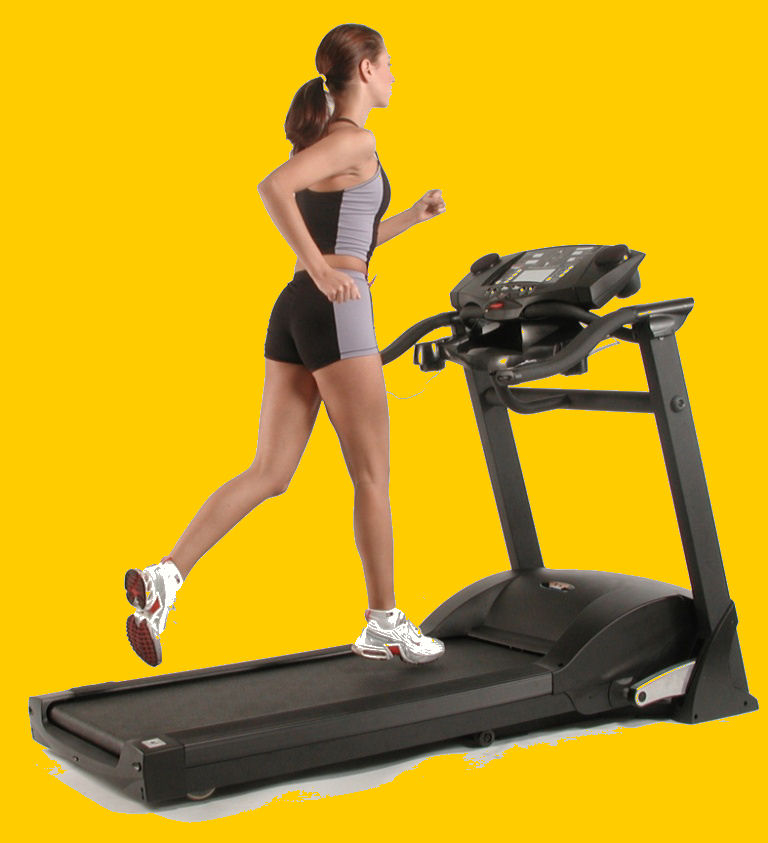 in simple ways — by taking the stairs instead of the lift or revving
up your household chores.
in simple ways — by taking the stairs instead of the lift or revving
up your household chores.
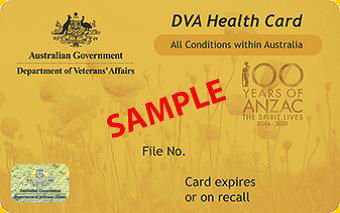
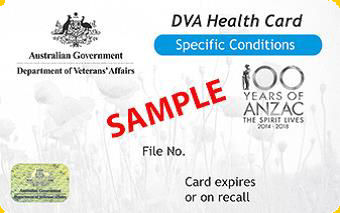
 service;
service;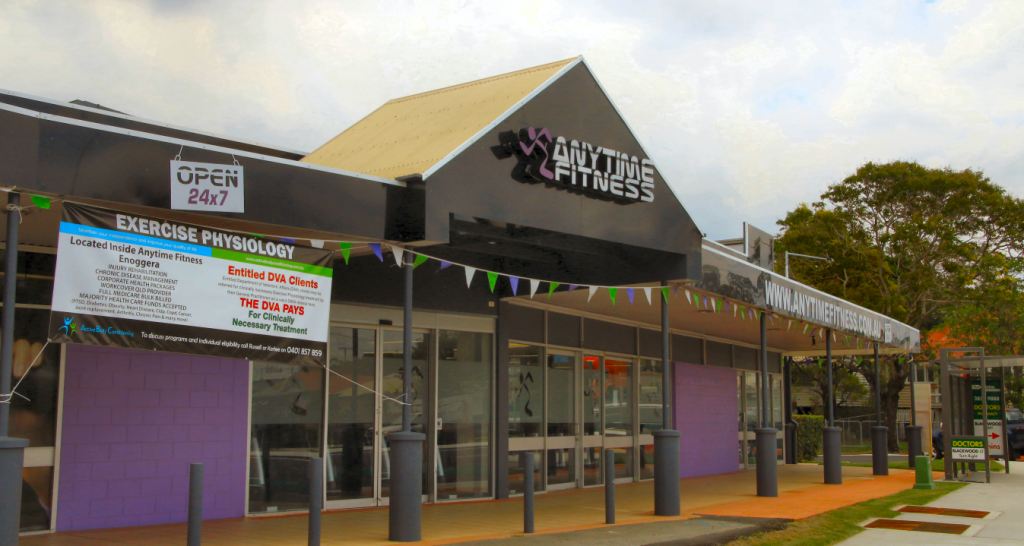
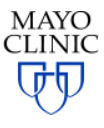
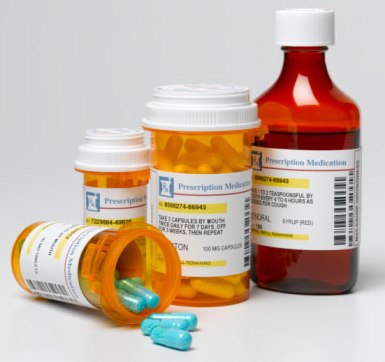
 herbs, vitamins, nutritional supplements, over-the-counter
drugs, vaccines and anything received intravenously, including
diagnostic and contrast agents, radioactive medications, feeding
tube supplements and blood products as well as any medications
that you're allergic to or that have caused problems for you in
the past.
herbs, vitamins, nutritional supplements, over-the-counter
drugs, vaccines and anything received intravenously, including
diagnostic and contrast agents, radioactive medications, feeding
tube supplements and blood products as well as any medications
that you're allergic to or that have caused problems for you in
the past.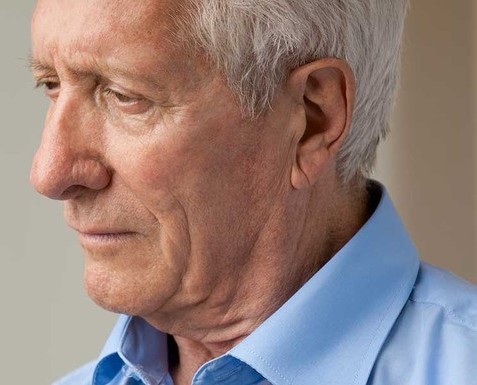



 compelling
evidence for these claims. One of the odd features of coconut oil is
that it is rich in saturated fats, quite different from practically
all the other oils that come from plants. It's about 91 per cent
saturated fats and only 6 per cent mono-unsaturated fats, virtually
the opposite from olive oil which is 14 per cent saturated fats and
72 per cent mono-unsaturated fats.
compelling
evidence for these claims. One of the odd features of coconut oil is
that it is rich in saturated fats, quite different from practically
all the other oils that come from plants. It's about 91 per cent
saturated fats and only 6 per cent mono-unsaturated fats, virtually
the opposite from olive oil which is 14 per cent saturated fats and
72 per cent mono-unsaturated fats.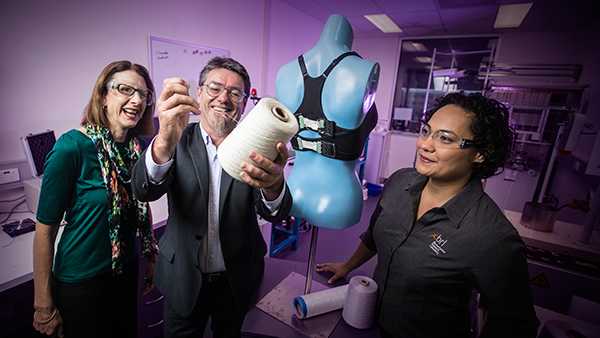 be one of them – or does it.
be one of them – or does it.  these products fall short of being meaningful, necessary inventions.
What’s more, the technology being employed by these projects, as
well as the Bionic Bra team, is not really all that novel. With all
the current advances being made in the world of wearable technology,
aren’t there more worthy necessities awaiting our invention?
(Like??? – tb).
these products fall short of being meaningful, necessary inventions.
What’s more, the technology being employed by these projects, as
well as the Bionic Bra team, is not really all that novel. With all
the current advances being made in the world of wearable technology,
aren’t there more worthy necessities awaiting our invention?
(Like??? – tb).